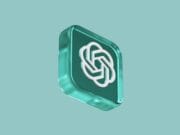No matter what kind of business you are running, the internet lets you access target markets from any location of your choice. Whether you are running a website to promote your business or you are using modern technology such as cloud computing, cybersecurity must be on a high priority. According to the latest research, more than twenty percent of small businesses are on the radar of cyberattacks.
Cybersecurity risk assessment & management involves evaluating, testing and securing the computing environment of the organization against malicious users, attackers, and hackers. Here are some of the most effective cybersecurity risk assessment & management tips that will help you to protect your business from different kinds of cyber threats:
1. Train your staff

Recent research has revealed that more than 40% of data loss situation occurs because of company staff. Lack of knowledge and reckless approach of your internal employees may expose your business to serious cyber attacks. Providing sufficient training to your company staff will increase awareness amongst them. They will become more responsible for protecting the company data. It will also help them to deal with critical situations wisely and the damage control can be done at the right time.
Most of the businesses also formulate strict cybersecurity practices that employees need to follow as a part of the employee code of conduct. Make sure you organize regular training sessions in the company as well. It will make your staff knowledgeable about recent technologies so they can follow best practices at the workplace.
Recommended for you: 11 Secret Tips to Success in Small Business Management.
2. Use of latest Antivirus Software

Deploying the latest antivirus software in all the systems of your business will help you to protect your devices from Ransomware, spyware and phishing scams. The latest tools available in the market not only protect your system from viruses but they also allow you to clean your devices whenever required. However, your IT people need to make sure that the antivirus software is updated on a regular basis so that hackers can’t find any coding loopholes to get control of your system.
Outdated systems are highly vulnerable to security threats as they can’t run modern tools that come with advanced security features. So replacing your old machines, operating systems and web browsers with the new ones will also help you to protect your network against different forms of online threats.
3. Keep regular backup to protect sensitive data

No matter how many resources you are using to protect your systems, a critical cyber-attack may put a serious threat to your vital business information. The key data of any small business mainly include financial reports, spreadsheets, processing documents, employee information, salary data and much more. Dealing with the data loss situation is extremely tough. It may make a significant amount of financial damage to your business. In order to deal with such situations, you can opt for modern backup tools that will restore your company data on an occasional basis. You can set a specific schedule in the backup program. Then you don’t have to worry about taking the backup of all systems manually.
4. Role of Firewall Security

Firewall security is always handy for every business as it prevents strangers from accessing information available on your private network. Cybersecurity experts always recommend users to keep firewall of every system in ‘enabled’ state. Some of your employees may be working from another workplace or home. Then make sure the network through which he is working is also firewall protected.
In this modern technology world, every system comes with a strong firewall protection program. You can make all your employees aware of taking the benefit of such a handy feature. Ask your company employees to change the passwords of their system on a quarterly or semi-annually basis. You can also take the help of a multi-factor verification program. This asks an individual to enter more information than just a password to authenticate his identity.
5. Put control on network access
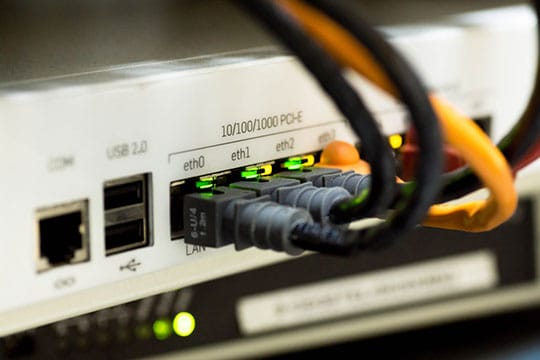
Make sure you avoid giving access to your business systems to unauthorized people. Portable devices such as Smartphones, tablets or laptops are easy targets when it comes to situations such as data loss. So, allocate separate user accounts to each of the employees in your organization. Also, limit their network access according to their position in the company. For instance, administrative and system privileges should be offered to only key IT and human resource departments of the organization.
If most of the devices at your workplace connecting through WI-FI, make sure you keep the network secured and encrypted. Don’t provide only one employee of the organization access to the key data system of your business. Your company staff should get access to the defined data system which they require for the job.
6. Perform cybersecurity audits
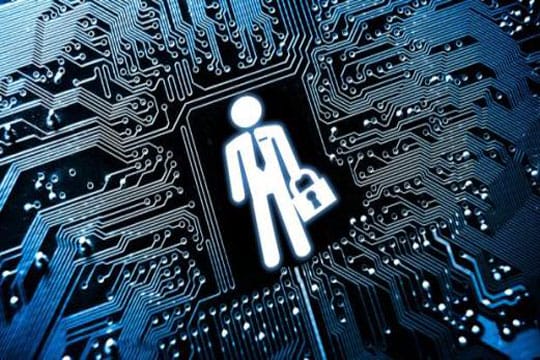
Conducting a cybersecurity audit of your organization will help you to identify the potential risk that may hamper your network. The audit also involves updating the policies and procedures of your company when it comes to cybersecurity. The guidelines set by the Cybersecurity department of your company will be the key part of risk assessment & management; every employee must stick to it.
Technology is changing day by day; your organization must be ready to adopt recent changes and innovation to remain one step ahead. The cybersecurity audit must be conducted at a frequent interval. Also, the methods followed in your recent audit must be advanced than the last one. Several reputed companies available in the market that offers cybersecurity audits at a price that small businesses can easily afford.
You may like: The Importance of Using SEO to Grow Your Small Business.
7. On-site and Off-site cybersecurity
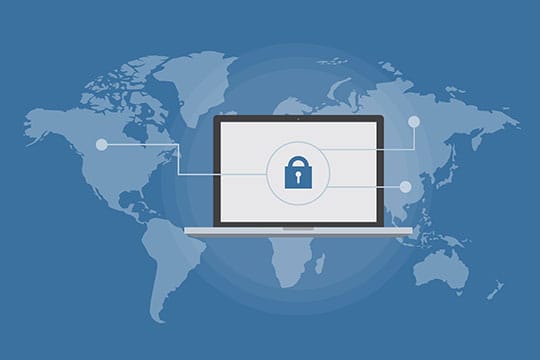
Most of the small organizations have their small team of employees looking after cyber practices, security audits, and network threats. But when it comes to a sudden data breach or network threat, their on-site cybersecurity team can’t tackle the matter in a prompt way. This is exactly where they can think of hiring outside parties to deal with cybersecurity issues quickly. An idea of off-site cybersecurity is no more limited to only big enterprises.
Today, small businesses can also think of outsourcing services to look after cybersecurity issues that too in an affordable budget. You may believe that you can’t hire a full-time IT professional to look after security issues of your organization’s network. Then hiring a team of offsite experts is a great idea. Most of the budding enterprises prefer to define separate roles to their onsite and offsite IT experts so as to keep things well organized.
8. Recognizing potential threats
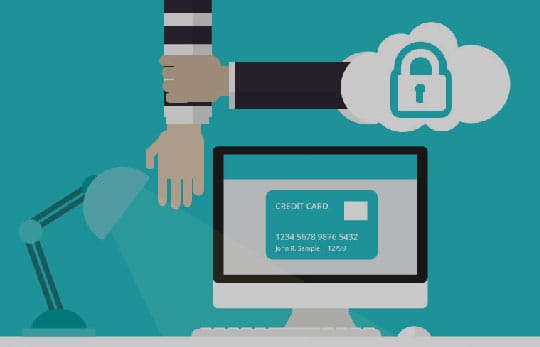
Apart from the human and technical factors of cybersecurity, you need to identify the types of threats that may create harm to your network. The cybersecurity risk assessment will help you to list down all the resources that hackers may use to pierce into your company network. Once you identify the potential risk factors, you need to study how they will influence the infrastructure of your network. If there is a security breach due to uncontrollable factors, you need to make sure the incident doesn’t repeat itself.
“Most of the small businesses prefer to spend a hefty amount on marketing and promotion of their brand. But they avoid investing in sensitive issues such as cybersecurity. Investing in useful resources at the right time will definitely help you tackle challenging situations in an effective way.” – as mentioned by Sam from CoolTechZone in his recent article.
9. Employ best practices for financial transactions

Make sure you employ higher security programs for financial transactions of your business. You can collaborate with financial institutions and banks to import the most authentic and secured tools to avoid fraudulent transactions. Avoid using the same system or network, again and again, to process or receive payments. Get in touch with your vendors and ask them to use a multi-factor authentication system when doing financial transactions. Avoid using cheap tools for processing payable and receivable of your organization. Before deploying any new software into your organization system, make sure you take feedback about that product from other users.
10. Role of Cybersecurity insurance
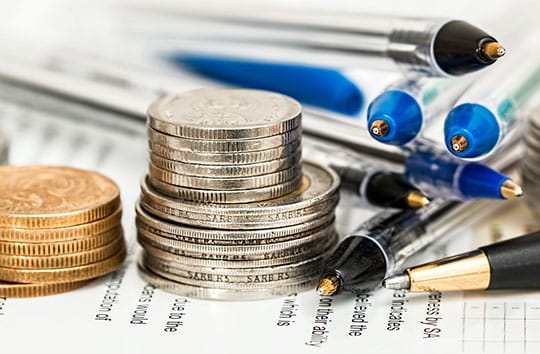
No matter how cautious you are and how many resources you have employed to safeguard your organization’s network, cyber threats are difficult to avoid. According to recent research data, more than 20% of small business owners in the world end up facing one or other cybersecurity issues every year. You can’t avoid the damage to your company image through such malicious attacks. But, you can definitely avoid financial loss by opting for cybersecurity insurance.
More than 10% of small businesses in the UK and around 15% of small organizations in the US have enrolled for this form of insurance. If you are looking for a customized insurance policy for your organization then you can sit and discuss the parameters with the insurer.
You may also like: 12 Best Website Builders for Small Businesses.
The Bottom Line

Running a small organization doesn’t mean you can overlook cybersecurity and take a sigh of relief. You need to take solid measures and take vigilant actions to protect vital data of your clients and all the employees of your organization. Every year, you can allocate a specific amount of budget to invest in modern technologies that can look after the safety of your organization’s system. Assessment & management of the Cybersecurity risks at the right time will definitely offer peace of mind to every business owner in the long term.


